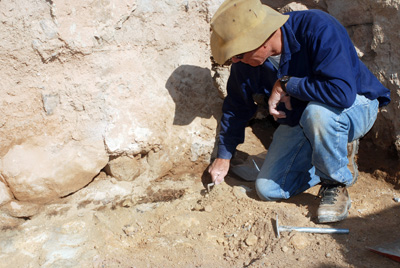The Near Eastern Archaeological Foundation has been conducting archaeological fieldwork and research for over 40 years.
Pella in Jordan
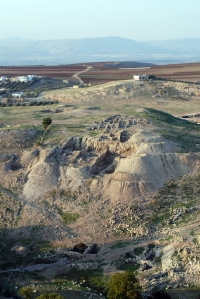
Over half a million years of human occupation
Pella is a magnificent 10 hectare site, set in beautiful surroundings beside a perennial spring in the eastern foothills of the north Jordan valley.
Excavations by the University of Sydney over the past 40 years have unearthed many important discoveries, including:
- Neolithic housing (ca. 6000 BCE)
- Chalcolithic storage complexes (ca. 4200 BCE)
- Early Bronze Age stone defensive platforms (ca. 3200 BCE)
- Middle Bronze Age mud-brick city walls (ca. 1800 BCE)
- Middle and Late Bronze Age temples and Palatial residences (ca. 1800-1200 BCE)
- Late Bronze Age Egyptian Governors’ Residence with clay tablets (ca. 1350 BCE)
- Large areas of a Hellenistic city (destroyed by war in 80 BCE)
- A theatre, baths and fountain-house of the Roman Imperial city (ca. 150 CE)
- Three Byzantine churches and a Bishop’s palace (ca. 550 CE)
- An Umayyad Islamic city destroyed by an earthquake (ca. 750 CE)
- An Abbasid caravanserai (ca. 950 CE)
- A Mameluke mosque and administrative compound (ca. 1350 CE)
- Numerous other finds that bring Pella’s history up to the present day.
Pella Volunteer Scheme
An opportunity to work on the excavations at Pella
For nearly thirty years we have provided members of the general public with an opportunity to work on the University of Sydney’s excavations at Pella in Jordan.
In conjunction with the Pella Excavation Project, we have enabled people of all ages and backgrounds to experience the unique atmosphere of working on an archaeological dig.
To learn more about the Pella Volunteer Scheme, visit the Volunteer page.
Expressions of interest are now open for volunteers to join us for the 2026 excavation season.
Upcoming Excavation Season January to February 2026
Pella Podcast
Listen to the NEAF Pella Podcast to hear about our favourite things.
Hear from our volunteers
“Thank you to the staff and the Jordanian people that have made all my seasons unique experiences and last but not least there is Jordan with its beauty and incredible historical sites that have captured my imagination.” Read more
PENNY
“Perhaps the most exciting thing about being on a dig at Pella is the company you keep. All the archaeologists are passionate and very knowledgeable about their areas of expertise, whether its Roman glass say or Bronze Age pottery or Hellenic mosaics.” Read more
ROZ
“Pella is unexpectedly beautiful and the springtime wildflowers have to be seen to be believed. The permanent spring of water has enabled people to live in the vicinity for literally thousands of years. There are some wonderful ancient buildings still in evidence; Roman and Byzantine as well as Umayyad.” Read more
LESLEY
Teleilat Ghassul in Jordan
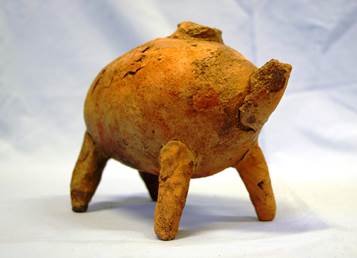
Neolithic and Chalcolithic mound site
Teleilat Ghassul is a 20 hectare prehistoric mound first settled at the end of the Late Neolithic around 5000 BCE, and occupied throughout the Chalcolithic period of the Fifth Millennium BCE. It is the type-site for the Ghassulian cultural phase in the Southern Levant. It is five kilometres from the north east shore of the Dead Sea in the south Jordan Valley. The slightly later EB I period dolmen site of Adeimeh is situated 4km to the south. Teleilat Ghassul is the subject of flagship research by the University of Sydney, which excavated the site between 1967-77 and 1994-99, following initial excavations by the Pontifical Biblical Institute at Rome between 1929-38 and 1959-60.
To learn more about animal figurines from Teleiat Ghassul, you can listen to the NEAF Podcast with Dr Peta Seaton, AM
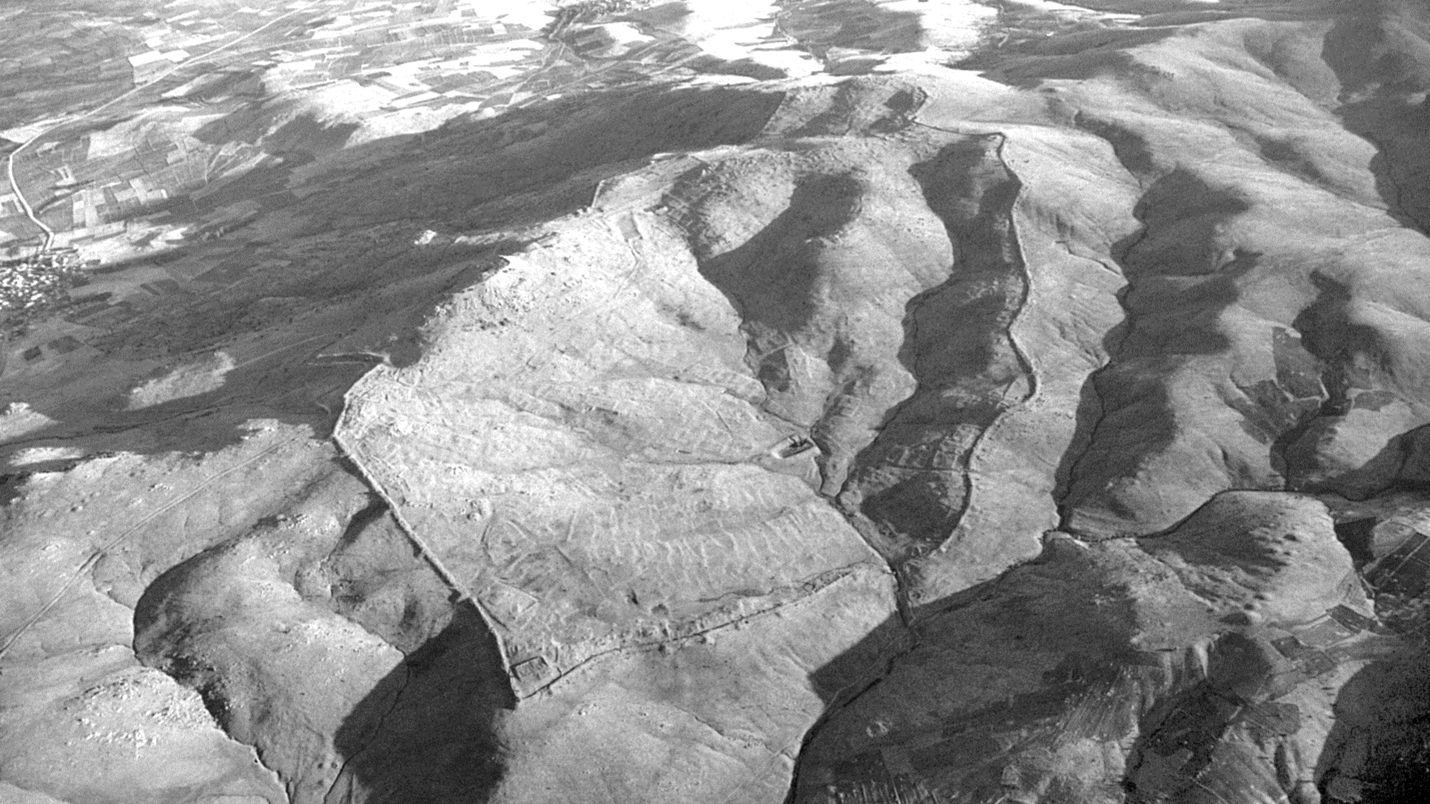
Anatolia
The Kerkenes Project
Dr Joseph W. Lehner, co-director
Website: http://kerkenesproject.org/
FB page: https://www.facebook.com/groups/kerkenes.project
The ancient Iron Age megacity located on the high ridge of Kerkenes Dağı in Yozgat Province of central Turkey. At more than 270 hectares, the city is one of the largest pre-Hellenistic cities.
Dr Joseph W. Lehner, Assistant Director
Website: https://nauticalarch.org/
Dating to ca. 1200 BC, the Cape Gelidonya shipwreck is among the oldest in the Mediterranean.
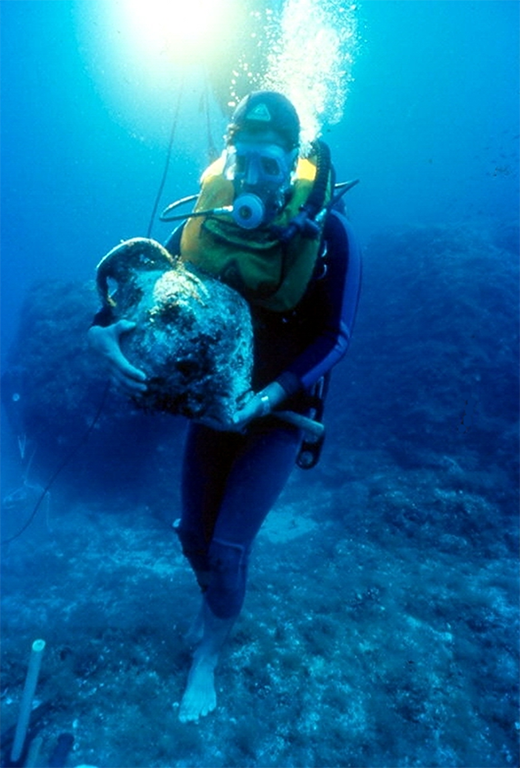
The Cape Gelidonya Shipwreck Project
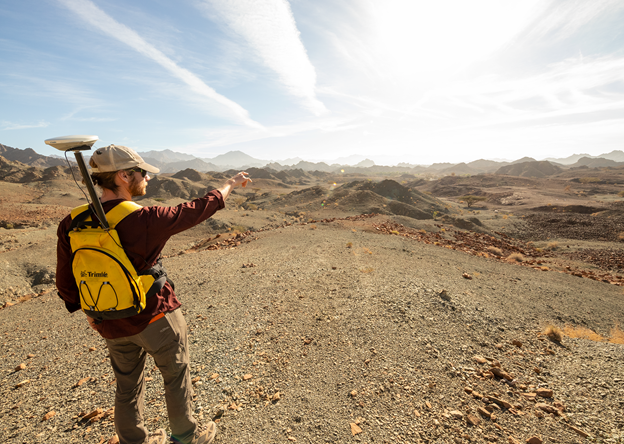
Arabia
Archaeological Water Histories of Oman Project
Dr. Joseph W. Lehner, co-director
In collaboration with Michael Harrower (Johns Hopkins University), the Archaeological Water Histories of Oman Project (ArWHO) is a collaborative archaeological research effort investigating the long-term role of water, industry and trade in ancient Oman. The project was funded from 2013-2017 by a grant from NASA for an archaeological survey and satellite imagery-based study of ancient water histories in Oman and Ethiopia.
Dr. Joseph W. Lehner speaks about his research
into water, trade and industry in ancient Oman.
Edwin Cuthbert Hall Himalayan Food and Cuisine Project
The Himalayan Food and Cuisine Project has been established to study the origins, nature and impact of prehistoric cuisine along the southern Himalayan rim. The international team include participants in Australia, India, Nepal, Japan and the UK, with a core of specialists in innovative techniques of organic residue analysis. The project builds on well-established research partnerships in Kashmir and Nepal and will work closely with local collaborators in archaeology and ethnobotany. The team will study the prehistoric spread of domesticated foods, culturally specific patterns of food processing and consumption, and will address health implications of these prehistoric diets.
Karakalpak-Australian Expedition
The Karakalpak-Australian Expedition is a long-standing collaboration between the University of Sydney and the Karakalpak Research Institute for the Humanities of the Karakalpak Branch of the Academy of Sciences of the Republic of Uzbekistan. This project, established in 1994, centres around excavation of sites in the Tash-k’irman Oasis in Biruni District. Key projects include excavations at the royal seat of Akchakhan-kala, the ‘fire temple’ of Tash-k’irman-tepe, and the early medieval fortress of Kara-tepe, conducted in collaboration with the University of California, Los Angeles. The project has produced remarkable new data on early Mazdean/Zoroastrian practice in Central Asia, and uncovered a unique corpus of art. The project has been strongly supported by the Australian Research Council, National Geographic and the University of Sydney.
Prehistory of Xinjiang
This long-term project is a collaboration between the University of Sydney and the Institute of Archaeology, Chinese Academy of Social Sciences. While work involves a range of different topics related to the prehistory of Xinjiang, a particular focus is the impact of the influence of the populations of the Eurasian steppe on mainland China through the Xinjiang corridor. The project has been supported by the Australian Research Council and the China Studies Centre, University of Sydney.
